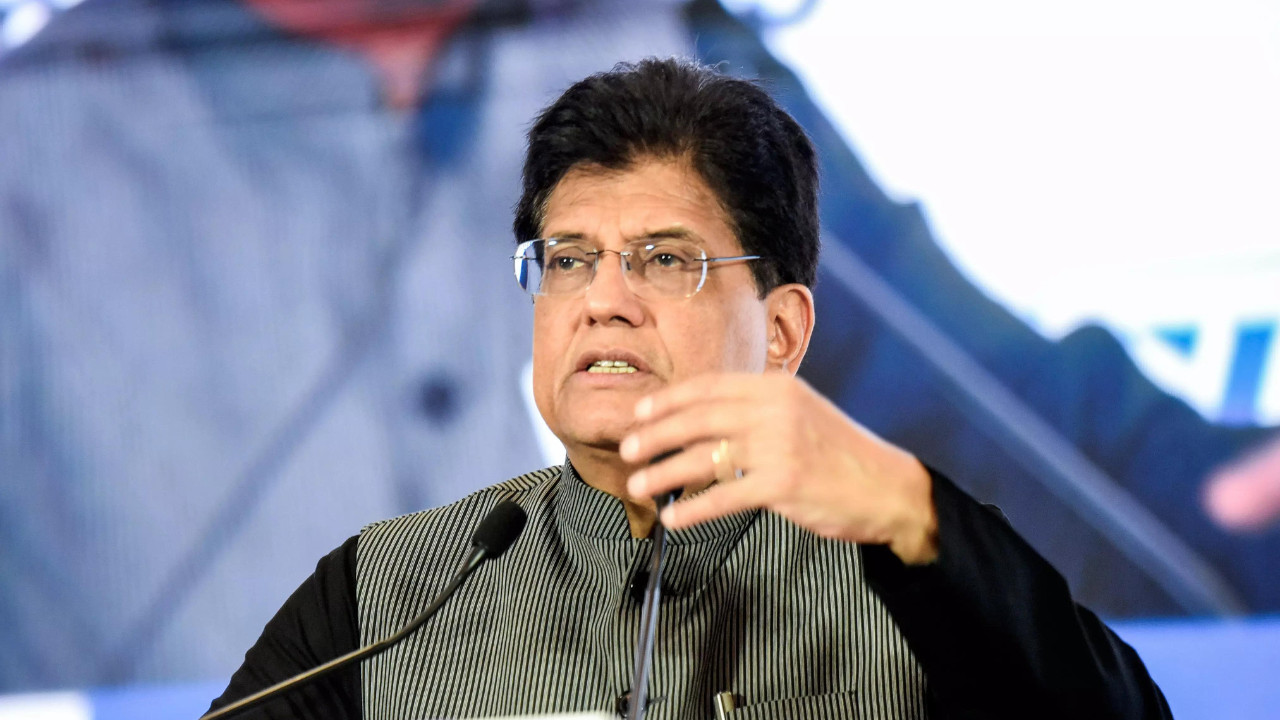Navigating the Rate Maze: Is a Repo Rate Cut on the Horizon?
The economic landscape feels a bit like a complex maze these days, doesn’t it? We’re all trying to find the path to stable growth, dodging inflationary pressures and navigating a global environment that seems to shift daily. At the center of this maze, at least for India, sits the Reserve Bank of India (RBI) and its monetary policy decisions. Recently, the Governor of the RBI offered some intriguing insights into their current thinking, hinting at future possibilities while emphasizing present realities.
The Balancing Act: Growth vs. Inflation
The core challenge for any central bank is the delicate balancing act between fostering economic growth and keeping inflation in check. Too much stimulus, and you risk overheating the economy, leading to runaway prices. Too much restraint, and you stifle growth, potentially triggering a recession. The RBI is acutely aware of this tightrope walk, carefully monitoring a multitude of economic indicators to inform its decisions.
The Governor’s recent statements suggest a cautious optimism. While acknowledging that there is indeed “room to cut rates,” the message was clear: now is not the right time. This isn’t about outright rejection, but rather a calculated pause, a moment to observe and assess the evolving economic climate. He emphasized that while the central bank is focused on ensuring robust growth, they aren’t overlooking the imperative of stable prices. This dual mandate requires a nimble and responsive approach, adapting to incoming data and adjusting strategies as needed.

Decoding the Governor’s Message: Why Hold Steady?
So, what are the key factors influencing the RBI’s current stance? Several elements likely contribute to this cautious approach.
Firstly, global uncertainties remain a significant concern. Geopolitical tensions, supply chain disruptions, and fluctuating commodity prices all create volatility, making it difficult to predict future inflation trends with certainty. Any premature easing of monetary policy could be quickly undone if these external shocks trigger a resurgence in inflationary pressures.
Secondly, domestic factors also play a crucial role. While India’s economic growth has shown resilience, certain sectors may still require targeted support. The RBI needs to ensure that any broad-based policy changes don’t inadvertently create imbalances or unintended consequences within the economy. For example, a sharp decrease in the repo rate could fuel excessive borrowing, potentially leading to asset bubbles or increased financial instability.
Thirdly, the timing of rate cuts is crucial. The RBI likely wants to see further evidence of sustained disinflation before considering any policy easing. This means waiting for inflation to consistently fall within its target range, providing greater confidence that price stability can be maintained. The recent easing of inflation numbers is encouraging, but the central bank likely needs more validation before making a decisive move.
Looking Ahead: The Path to Lower Rates
While an immediate rate cut may not be on the cards, the Governor’s comments suggest that it’s certainly a possibility down the line. The key will be continued vigilance, careful monitoring of economic data, and a willingness to adapt as conditions evolve. The repo rate, currently, allows the RBI to monitor trends.
The RBI is committed to a data-driven approach, meaning that future policy decisions will be guided by the latest economic indicators. Factors like inflation, growth, employment, and global developments will all be carefully considered.
Ultimately, the goal is to create an environment that supports sustainable economic growth while maintaining price stability. This requires a delicate balancing act, a willingness to remain flexible, and a commitment to making informed decisions based on the best available information. It also means clear communication with the public and market participants, ensuring transparency and predictability in monetary policy. Find out more about the impact of inflation on personal finance here.
In conclusion, while the RBI is currently holding steady on interest rates, the possibility of future cuts remains a distinct possibility. The timing will depend on a complex interplay of factors, both domestic and global. For now, it’s a waiting game, but one that’s being closely watched by businesses, consumers, and investors alike. The next move in the rate maze is yet to be determined, but the RBI’s commitment to stability and growth provides a guiding light in these uncertain times.







